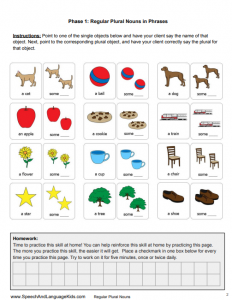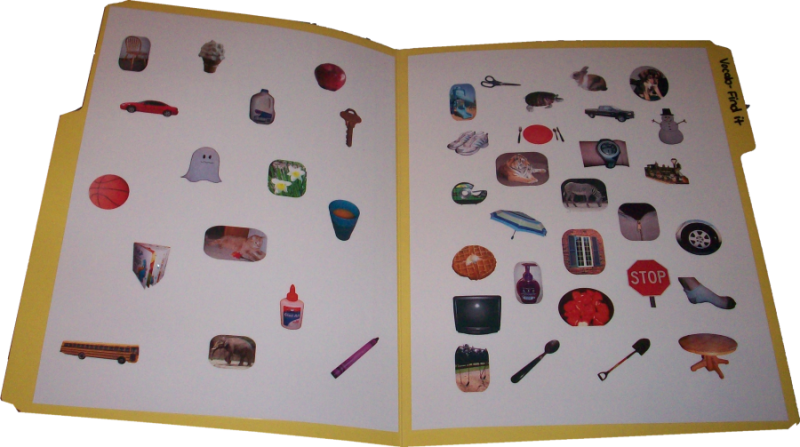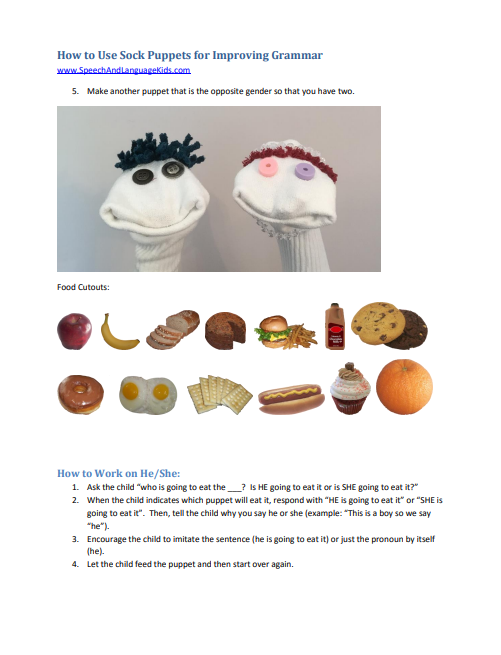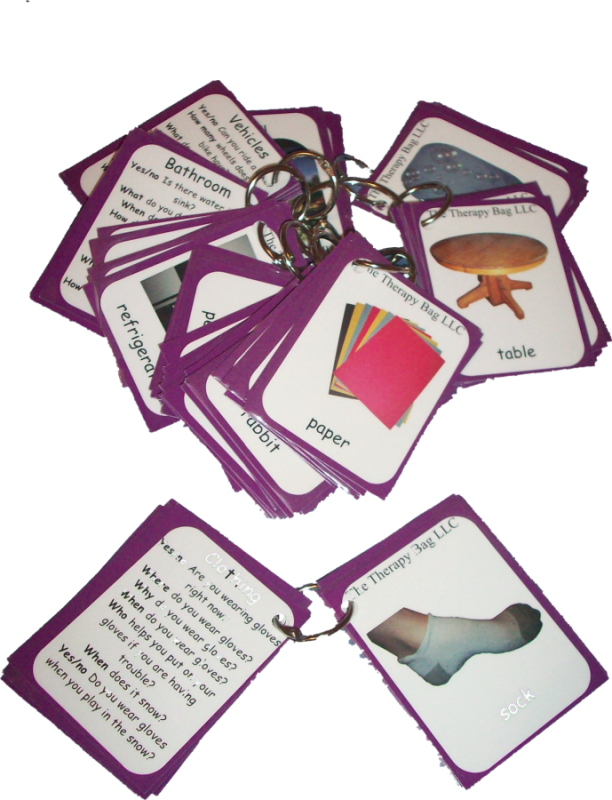How to Teach Regular Plural Nouns in Speech Therapy:
Most of the time when we have more than one of something, we just an an -s to the end of the word. But sometimes, we get to change the whole thing. We call those irregular plural nouns. Thanks English Language! To help our clients understand this tricky situation, here’s a quick guide to get you going!
Overview of Teaching Regular Plural Nouns
Many children with language delays have trouble adding that /s/ to the ends of words to indicate that they are plural nouns. Here is a simple process you can use to teach your child this skill:
1. Plural Nouns in Two-Word Phrases
For this phase of working on plural nouns you will need sets of two pictures of the same thing. One picture should have just one of the item and the other picture should have 2 of the item. For example, one picture could be a single banana, and the other picture should be two bananas. Have your child point to the single picture and say “one banana”. Then have your child point to the double picture and say “two bananas”. You will probably have to say this for your child for a while so that he can hear what it’s supposed to sound like. Exaggerate the –s at the end so he can hear it. Keep doing this until your child can do this with any picture you give him. However, for now, make sure you only use regular plurals that require a –s at the end instead of pictures like “foot/feet”.
2. Plural Nouns in Carrier Phrases
Once your child can do the above step on her own, use the plural nouns in a carrier phrase like “I see…”. Your child could say “I see one banana. I see two bananas”. Again, make sure your child is including the plural –s. Keep doing this until your child can use the plural nouns in simple sentences like this with any word you give her.
3. Plural Nouns in Structured Conversation
Tell your child that you’re going to read a book and talk about it but that you’re going to be listening for her /s/ sound whenever there are more than one of something. Get out a book and start reading. Whenever you see plural nouns, ask her a question like “what are those?” and see if she includes the plural –s at the end. If not, gently remind her by catching it like this “Oh listen! That picture has three cars so we need to say carssss”.
4. Plural Nouns in Conversational Speech
Once your child is able to use plural nouns during structured conversation when she knows you’re listening for it, try listening during normal conversation. Whenever you hear her slip up, gently remind her to include that plural sound just like you did in the last step. Eventually, she will be able to do this on her own without needing you to remind her.

About the Author: Carrie Clark, MA CCC-SLP
Hi, I’m Carrie! I’m a speech-language pathologist from Columbia, Missouri, USA. I’ve worked with children and teenagers of all ages in schools, preschools, and even my own private practice. I love digging through the research on speech and language topics and breaking it down into step-by-step plans for my followers.
Connect with Me:







I like this ! Thank You.
Great advice